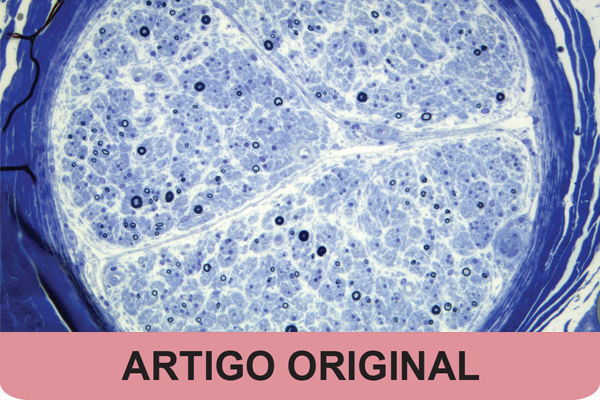SOCIAL MEDIA
Portuguese Medical Association's Scientific Journal

Introduction: Neurological involvement in immunoglobulin G4-related disease (IgG4-RD) is increasingly recognized. Its diagnosis can be challenging due to clinical mimics and difficulty in obtaining nervous system biopsies. The aim of this study was to describe a cohort of neurological IgG4-RD patients.
Methods: Patients were recruited from a neuroimmunology tertiary center. Clinical, laboratory, neuroimaging and histological data were reviewed.
Results: Fifteen patients (60% women), with a median age of 53 years (48.5 – 65.0) were included: 13 (86.7%) classified as possible IgG4-RD, one (6.7%) as probable and one (6.7%) as definitive. The most common neurological phenotypes were meningoencephalitis (26.7%), orbital pseudotumor (13.3%), cranial neuropathies (13.3%), peripheral neuropathy (13.3%), and longitudinally extensive transverse myelitis (LTEM) (13.3%). Median serum IgG4 concentration was 191.5 (145.0 – 212.0) mg/dL. Seven in 14 patients had CSF pleocytosis (50.0%) and oligoclonal bands restricted to the intrathecal compartment, while most cases presented elevated CSF proteins (64.3%). Magnetic resonance imaging abnormalities included white matter lesions in four (26.7%), hypertrophic pachymeningitis in two (13.3%), and LETM in two (13.3%). Two patients had biopsy-proven IgG4-RD in extra-neurological sites.
Conclusion: This study highlights the phenotypical variability of the neurological IgG4-RD. Biopsy inaccessibility reinforces the importance of new criteria for the diagnosis of this subset of patients.